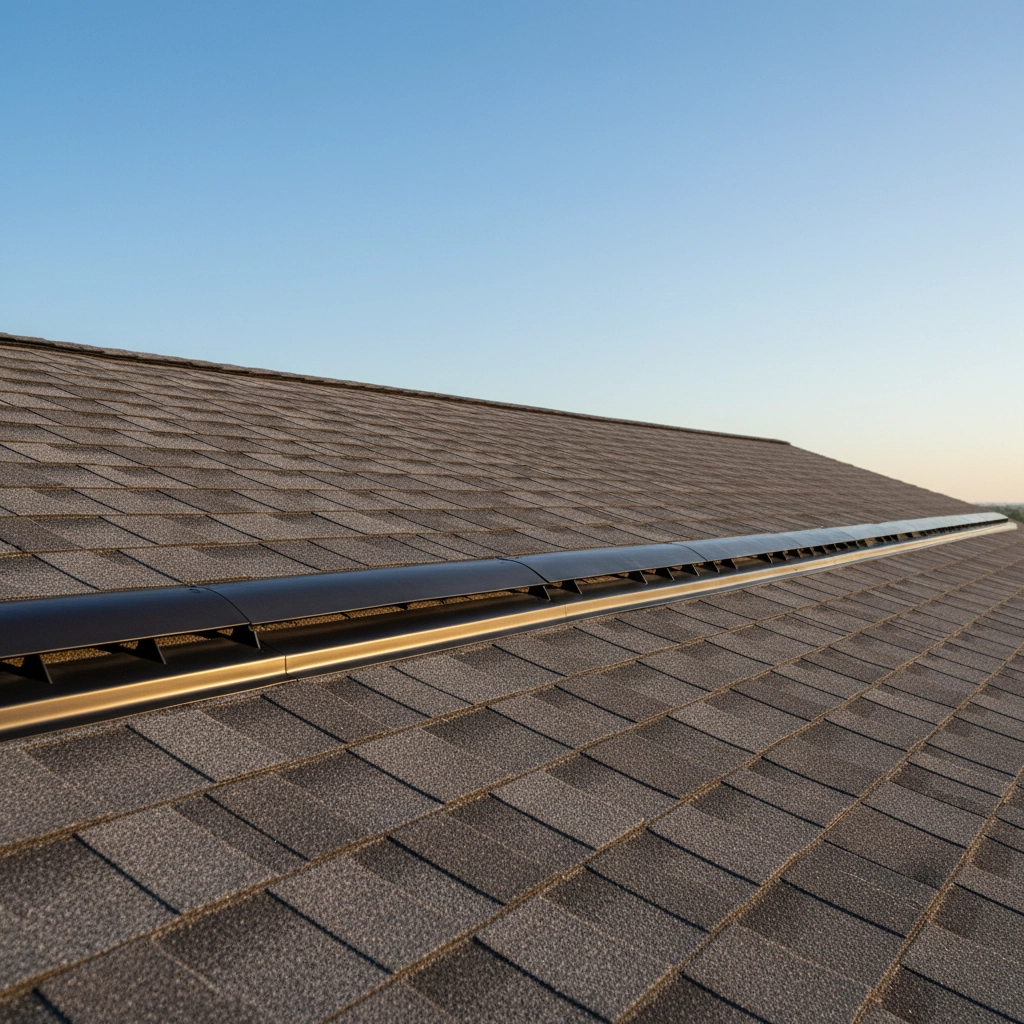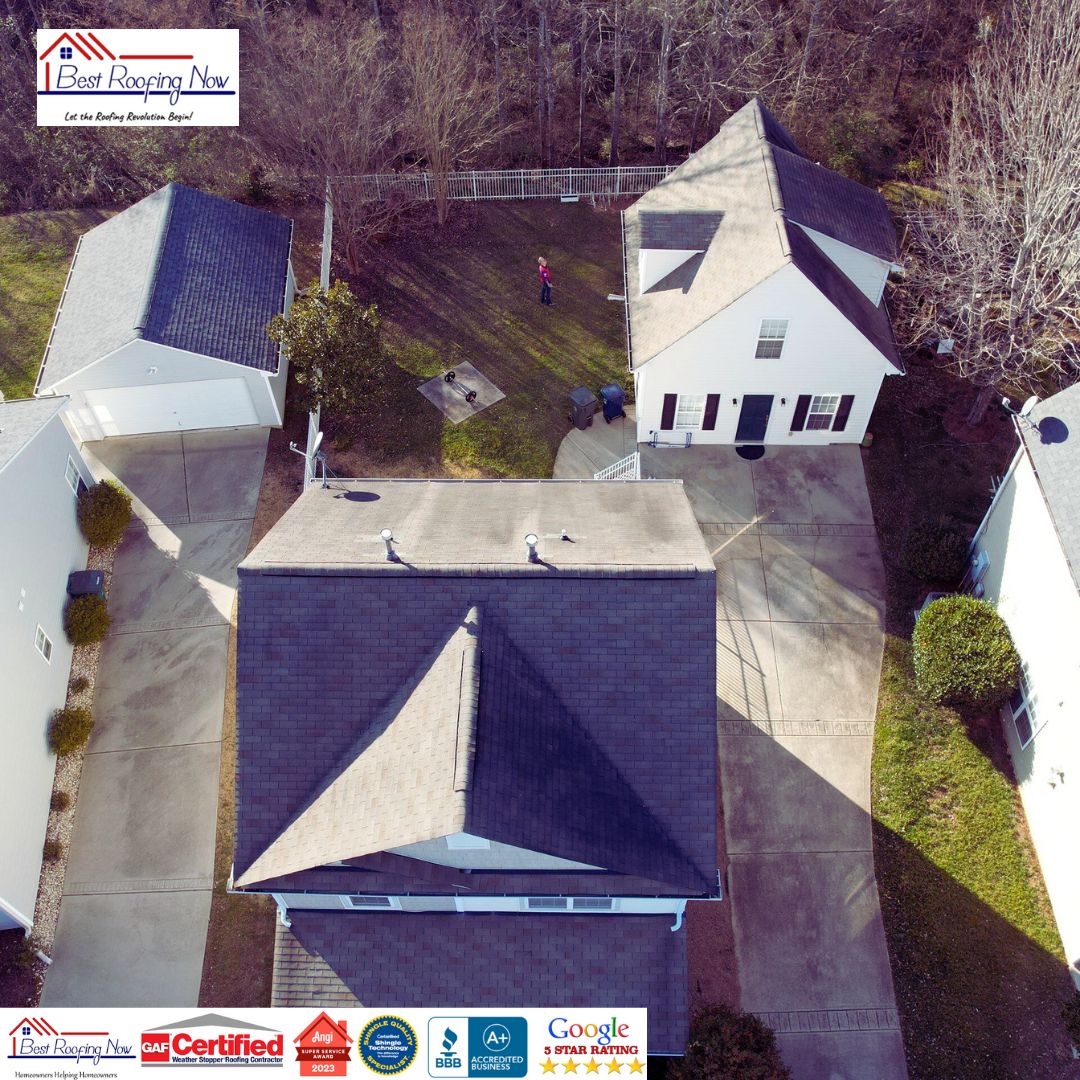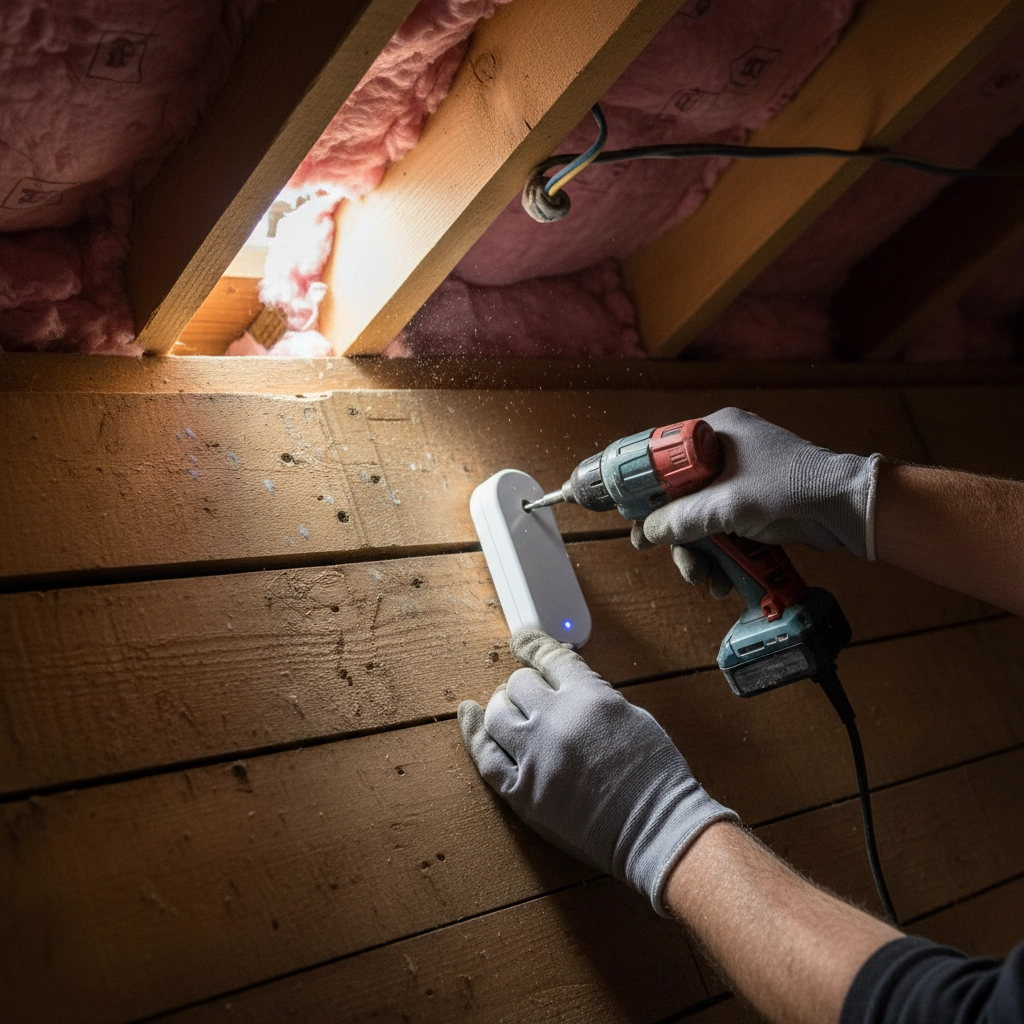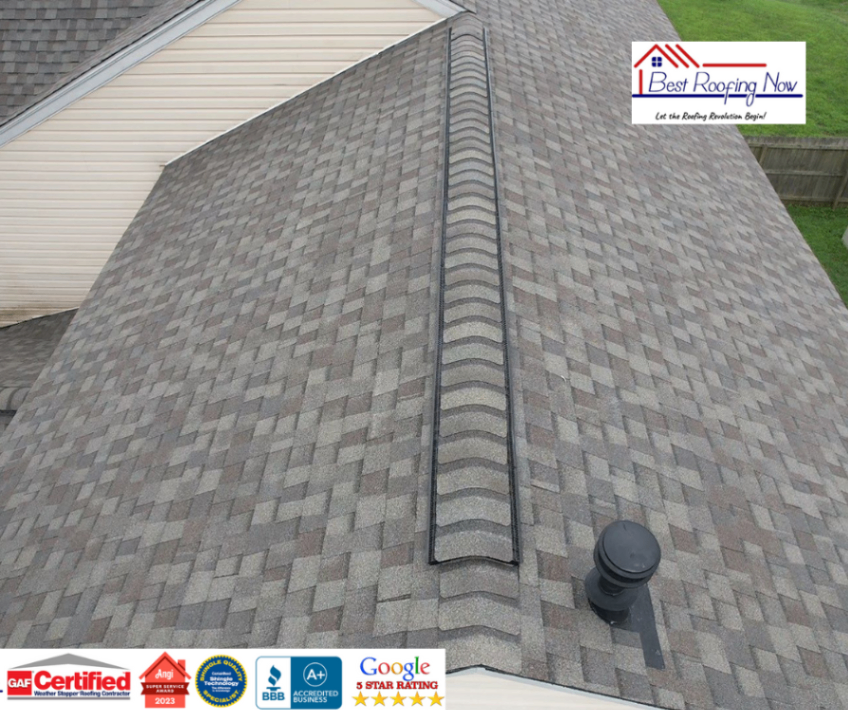
The roofing industry is evolving faster than ever before. Between climate change bringing more extreme weather, rising energy costs, and breakthrough materials hitting the market, what worked for your roof five years ago might not cut it today. Smart homeowners are getting ahead of the curve by futureproofing their roofs with strategic upgrades that deliver better performance, longer lifespan, and serious energy savings.
Think of futureproofing as an investment that pays dividends for decades. Instead of playing catch-up with repairs and replacements, you're building a roof system that can handle whatever comes next. Let's dive into the seven essential upgrades that'll transform your roof from basic shelter into a high-performance asset.
1. Upgrade to High-Quality Underlayment
Your underlayment is like the foundation under your house – you don't see it, but it's doing the heavy lifting. Traditional felt underlayment is quickly becoming yesterday's news. Today's synthetic underlayments offer superior protection that can literally save your home during severe weather.
Modern synthetic underlayments resist tearing, provide better water resistance, and can handle temperature extremes that would destroy older materials. They're also lighter and easier to install, which means fewer potential failure points. Some premium options even include built-in slip resistance, making your roof safer for future maintenance work.
Why it matters: A quality underlayment can add 10-20 years to your roof's lifespan and provides crucial backup protection if your primary roofing material gets damaged.
2. Install Advanced Ventilation Systems

Poor ventilation is a silent roof killer. Without proper airflow, heat and moisture build up in your attic, leading to ice dams in winter, excessive cooling costs in summer, and premature material failure year-round.
Ridge vents paired with soffit vents create natural airflow that keeps your attic temperature closer to outside air temperature. For homes that need extra help, solar-powered exhaust fans can boost ventilation without adding to your electric bill. The key is creating a balanced system where air enters through the soffits and exits through the ridge.
Pro tip: Calculate your ventilation needs based on your attic square footage. The general rule is 1 square foot of ventilation for every 300 square feet of attic space, split evenly between intake and exhaust.
3. Add Solar Integration or Solar-Ready Infrastructure
You don't have to install solar panels right now, but making your roof solar-ready is a smart move that'll save money and hassle down the road. Solar-ready preparation includes structural assessments, conduit installation, and ensuring your electrical panel can handle future solar integration.
If you're ready to go full solar, today's options are more attractive than ever. Modern solar shingles blend seamlessly with traditional roofing materials, while traditional panels have become more efficient and affordable. Many areas offer tax credits and incentives that can offset 26-30% of installation costs.
The numbers: A typical residential solar installation can reduce your electric bill by 70-90%. Even in less sunny climates, the 25-30 year warranty period usually results in significant savings over traditional electricity costs.
4. Apply Reflective Cool Roof Coatings

Cool roof coatings work like sunscreen for your house. These specialized coatings reflect UV rays and heat instead of absorbing them, which can reduce your roof surface temperature by 50-80 degrees on hot days. That translates directly into lower cooling costs and less wear on your roofing materials.
The best coatings also provide an extra layer of waterproofing and UV protection. They're particularly effective on flat or low-slope roofs, but newer formulations work well on sloped roofs too. Many coatings come with 10-20 year warranties and can be reapplied to extend protection.
Energy impact: Cool roof coatings can reduce cooling costs by 15-25% in most climates. In extremely hot regions, the savings can be even higher.
5. Choose Impact-Resistant Materials
Weather is getting more unpredictable, and your roof needs to handle whatever nature throws at it. Impact-resistant shingles, metal roofing, and composite materials can withstand hail, flying debris, and extreme temperature swings that would damage traditional materials.
Impact-resistant asphalt shingles carry a Class 4 rating and can handle impacts from 2-inch hail. Metal roofing offers even better protection and can last 50+ years with minimal maintenance. For the ultimate in durability, synthetic slate and tile options provide traditional aesthetics with modern performance.
Insurance benefit: Many insurance companies offer 5-15% discounts for impact-resistant roofing materials. The reduced claim risk often pays for the material upgrade over time.
6. Install Smart Sensors and Monitoring Systems

Smart roof technology might sound futuristic, but it's available and affordable today. Moisture sensors can detect leaks before they cause visible damage, while temperature monitors help track your roof's performance and energy efficiency.
Some systems integrate with your home's smart system, sending alerts to your phone when issues arise. More advanced setups include thermal imaging capabilities that can identify problem areas during routine inspections. These systems are particularly valuable for large or complex roofs where problems might go unnoticed for months.
ROI factor: Catching a small leak early can save thousands in water damage repairs. Smart monitoring systems typically pay for themselves with the first major issue they help you avoid.
7. Establish Comprehensive Seasonal Maintenance Plans

Even the best materials need regular care to reach their full potential. A structured maintenance plan includes seasonal inspections, gutter cleaning, debris removal, and minor repairs before they become major problems.
Spring maintenance focuses on winter damage assessment and preparation for summer heat. Fall maintenance prepares your roof for winter weather and addresses any summer wear. Professional inspections every 2-3 years catch issues that might not be visible from the ground.
Maintenance checklist:
- Clear gutters and downspouts
- Remove debris from roof surface
- Check and seal around penetrations
- Inspect flashing and joints
- Document roof condition with photos
- Address minor repairs immediately
Your Futureproofing Roadmap
Ready to start futureproofing? Here's how to prioritize your upgrades:
Start with the basics: Quality underlayment and proper ventilation provide the biggest bang for your buck and should be included in any major roof work.
Add protection: Impact-resistant materials and cool coatings offer immediate benefits and often qualify for insurance discounts.
Plan for efficiency: Solar-ready infrastructure costs little to add during installation but saves thousands if you decide to go solar later.
Embrace technology: Smart monitoring systems and maintenance plans protect your investment long-term.
The key is thinking beyond just replacing what you have. Each upgrade you make today reduces future costs and increases your home's value, comfort, and resilience.
Take the Next Step
Futureproofing your roof isn't just about materials – it's about working with contractors who understand modern roofing technology and can help you make smart decisions for your specific situation. Every roof is different, and the best upgrade strategy depends on your climate, budget, and long-term plans.
Ready to explore your futureproofing options? Contact our team for a comprehensive roof assessment and upgrade consultation. We'll help you create a plan that maximizes your investment and keeps your roof performing at its best for decades to come.




